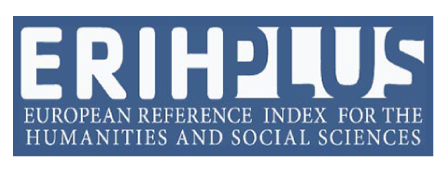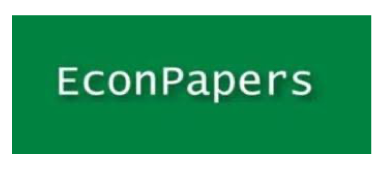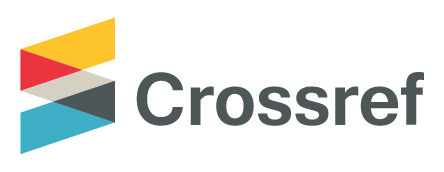Familiarity, Use, and Perception of AI-PoweredTools in Higher Education
DOI:
https://doi.org/10.53615/2232-5697.13.169-181Keywords:
higher education, AI, teaching, learningAbstract
Purpose: AI-powered tools and the use of these tools for teaching and learning have grown exponentially. While there are several studies that examine students' use of AI tools for learning, the results are inconclusive. The purpose of this study is to gain a better understanding of students' familiarity and use of various AI-powered tools for learning, and to gain greater insight into students' perspectives on the benefits and risks of using AI-powered tools in educational settings.
Study design/methodology/approach: The study deployed a survey to understand and compare the degree of familiarity and use of AI-powered tools among first and final-year university students. Additionally, several questions focused specifically on students' concerns regarding the use of AI in their studies.
Findings: Results indicate that first-year students exhibited a higher level of familiarity with AI tools prior to the start of their studies, while final-year students demonstrated a deeper and more diverse usage of these technologies. Despite concerns raised, the study does not conclusively support negative impacts on student engagement or development of critical thinking skills. While the study indicated that students are well aware of the general limitations of AI use, they did feel not well supported nor informed as to how AI-powered tools can be used within their studies and have expressed the need for greater support and guidance from the university.
Originality/value: Research findings have significant implications for educational institutions and policymakers as they strive to leverage AI effectively to enhance the learning experience while addressing concerns and preferences in this rapidly evolving educational environment.
Downloads
Downloads
Published
License
Copyright (c) 2024 Anna Nikoulina, Anna Caroni

This work is licensed under a Creative Commons Attribution-ShareAlike 4.0 International License.















